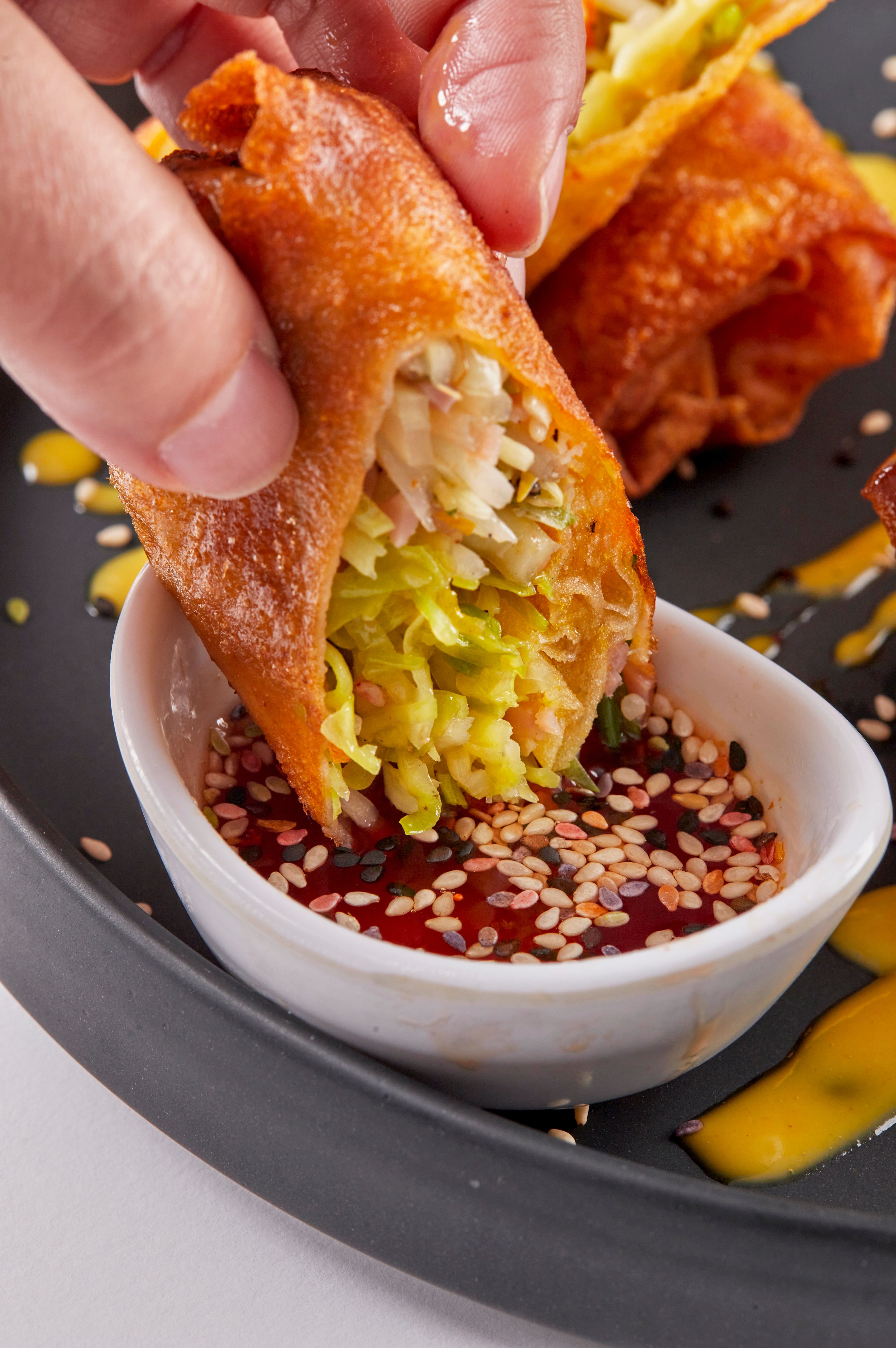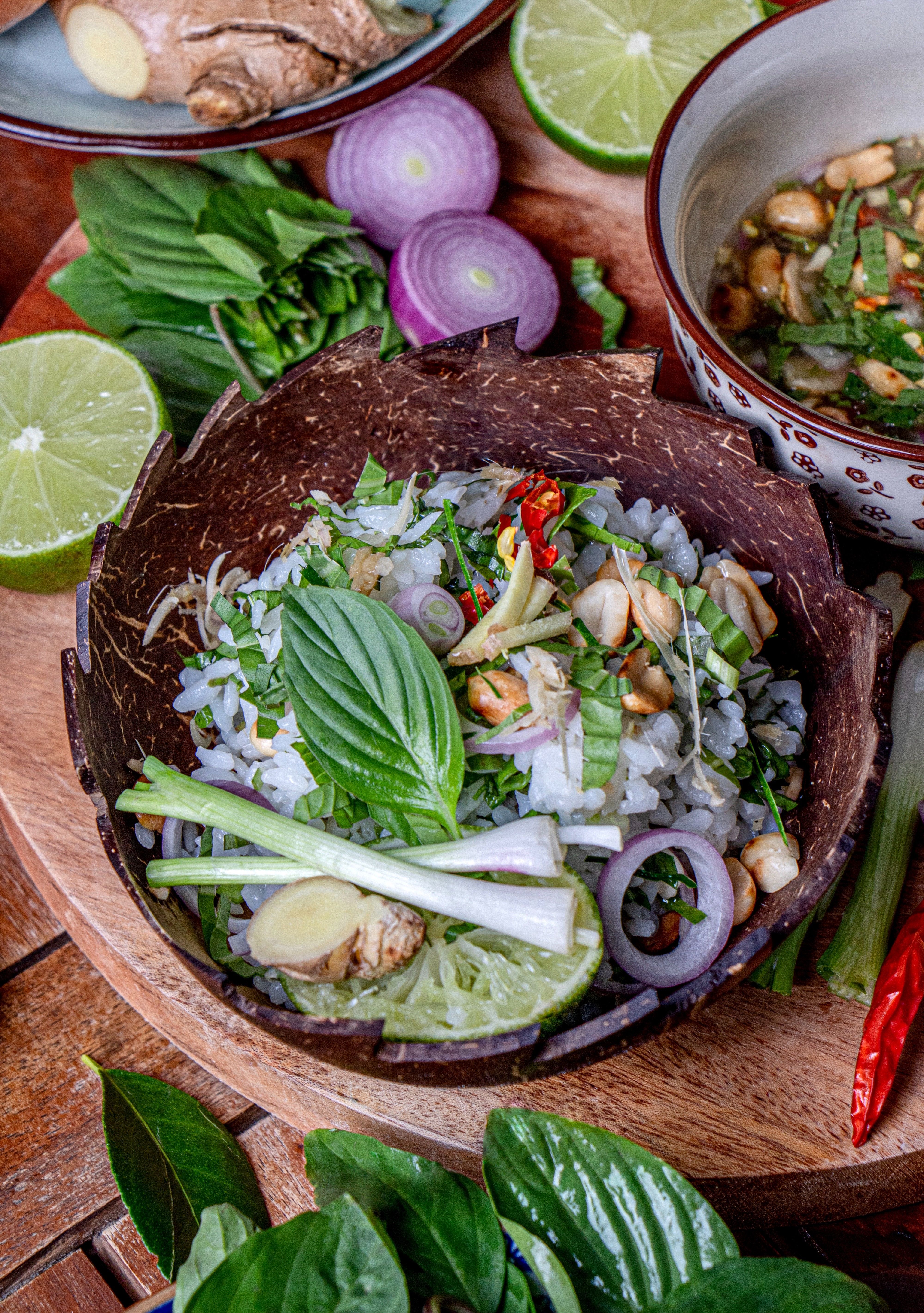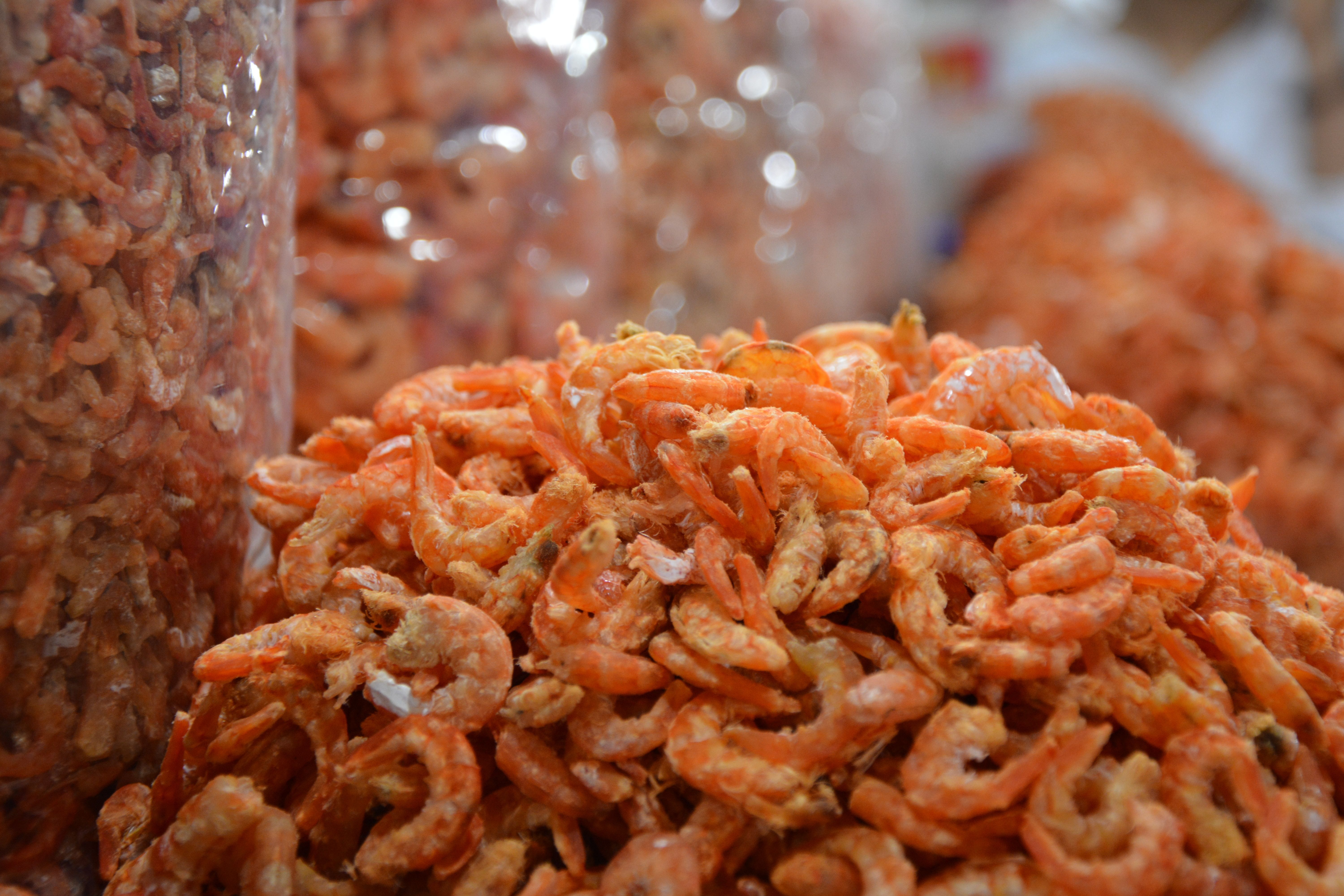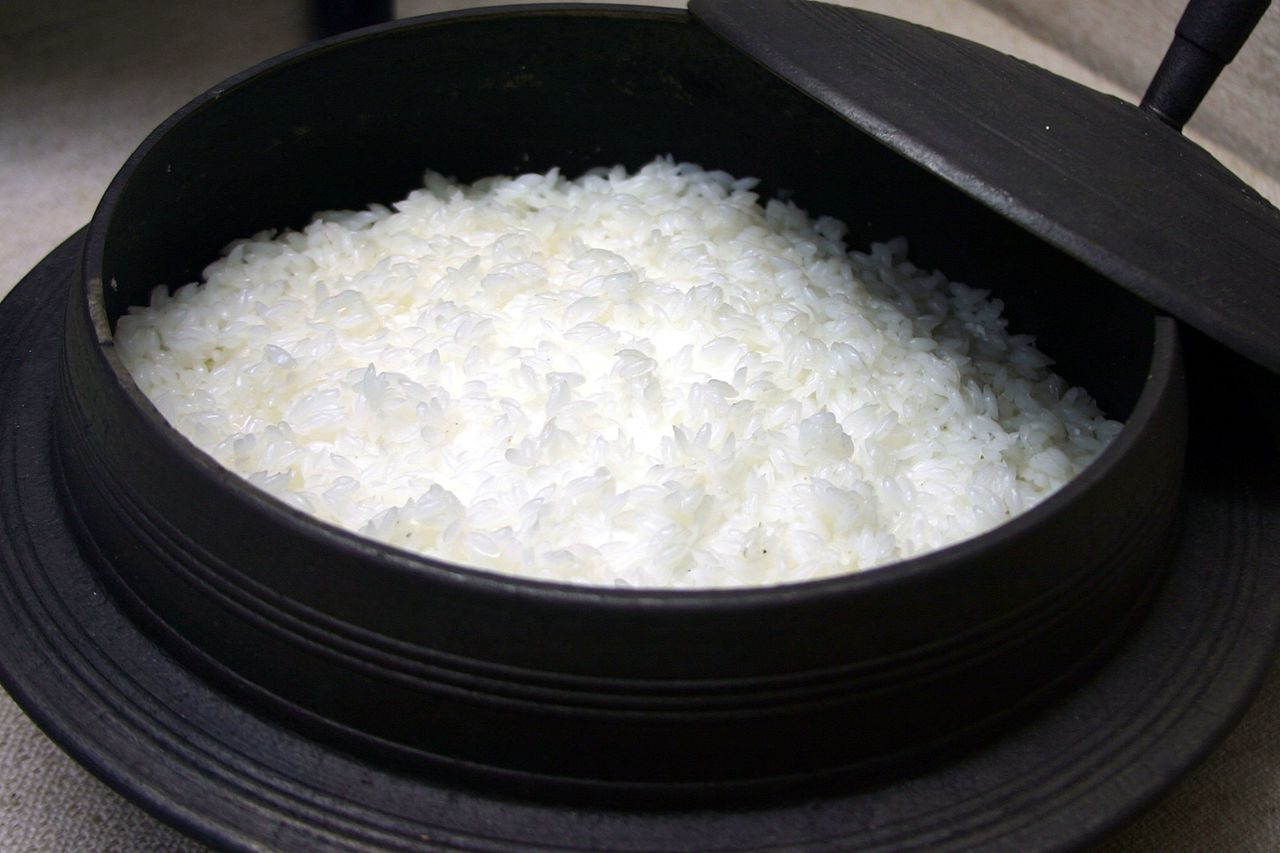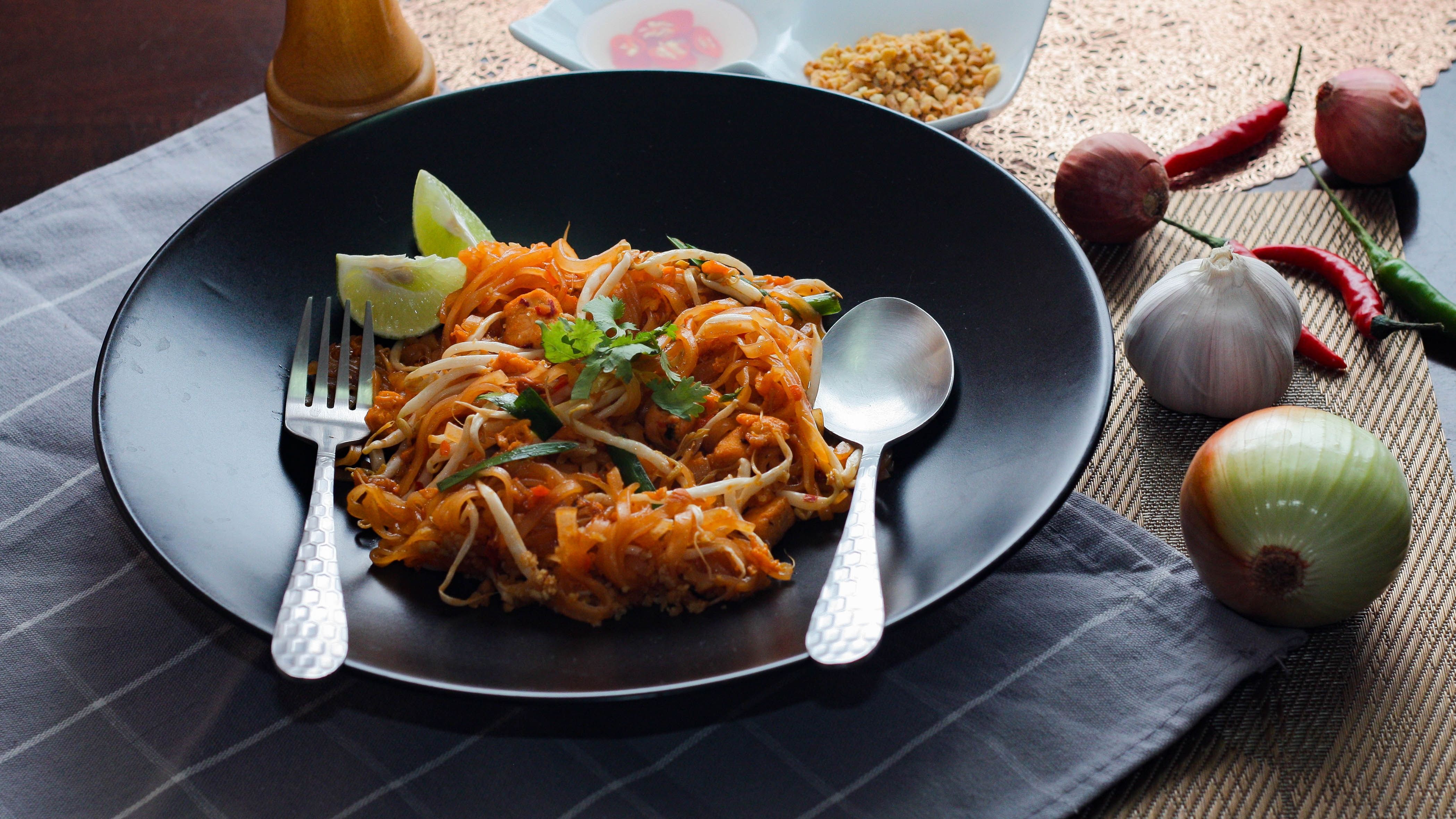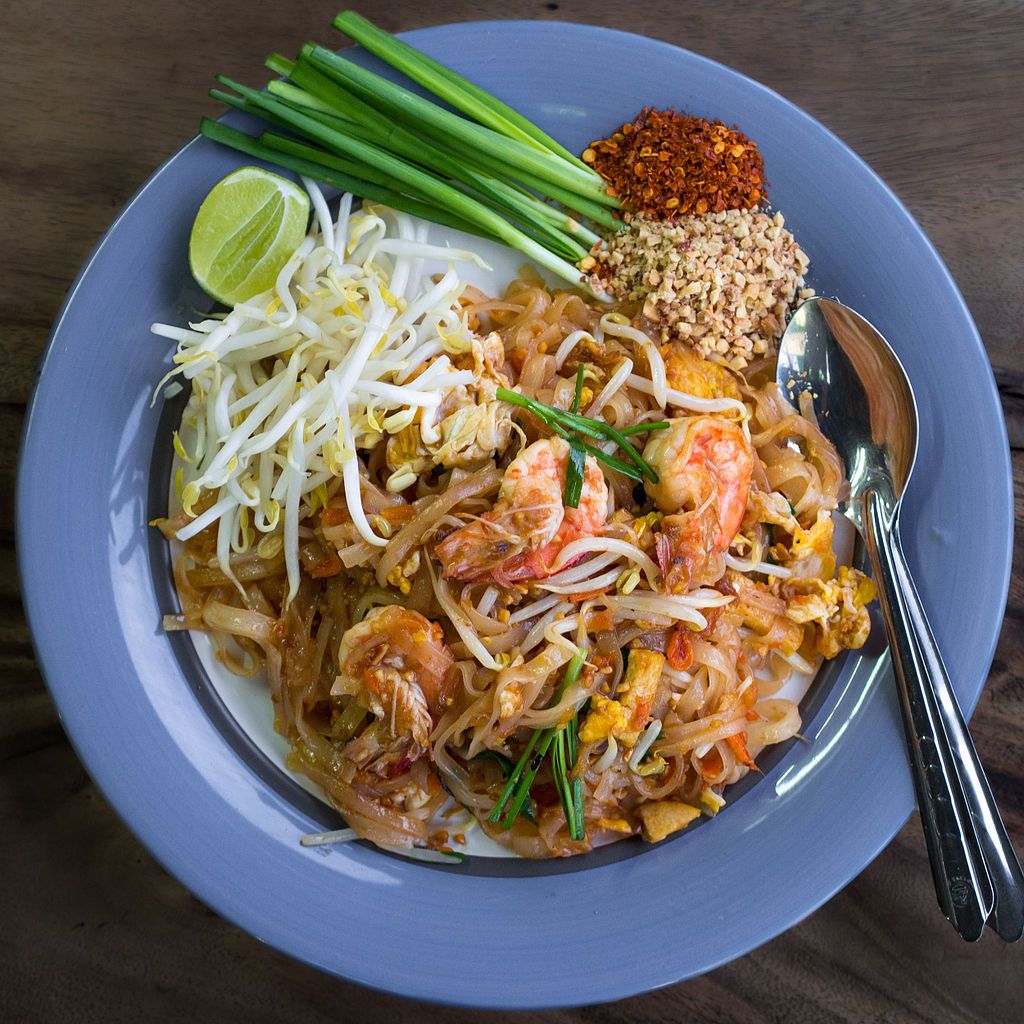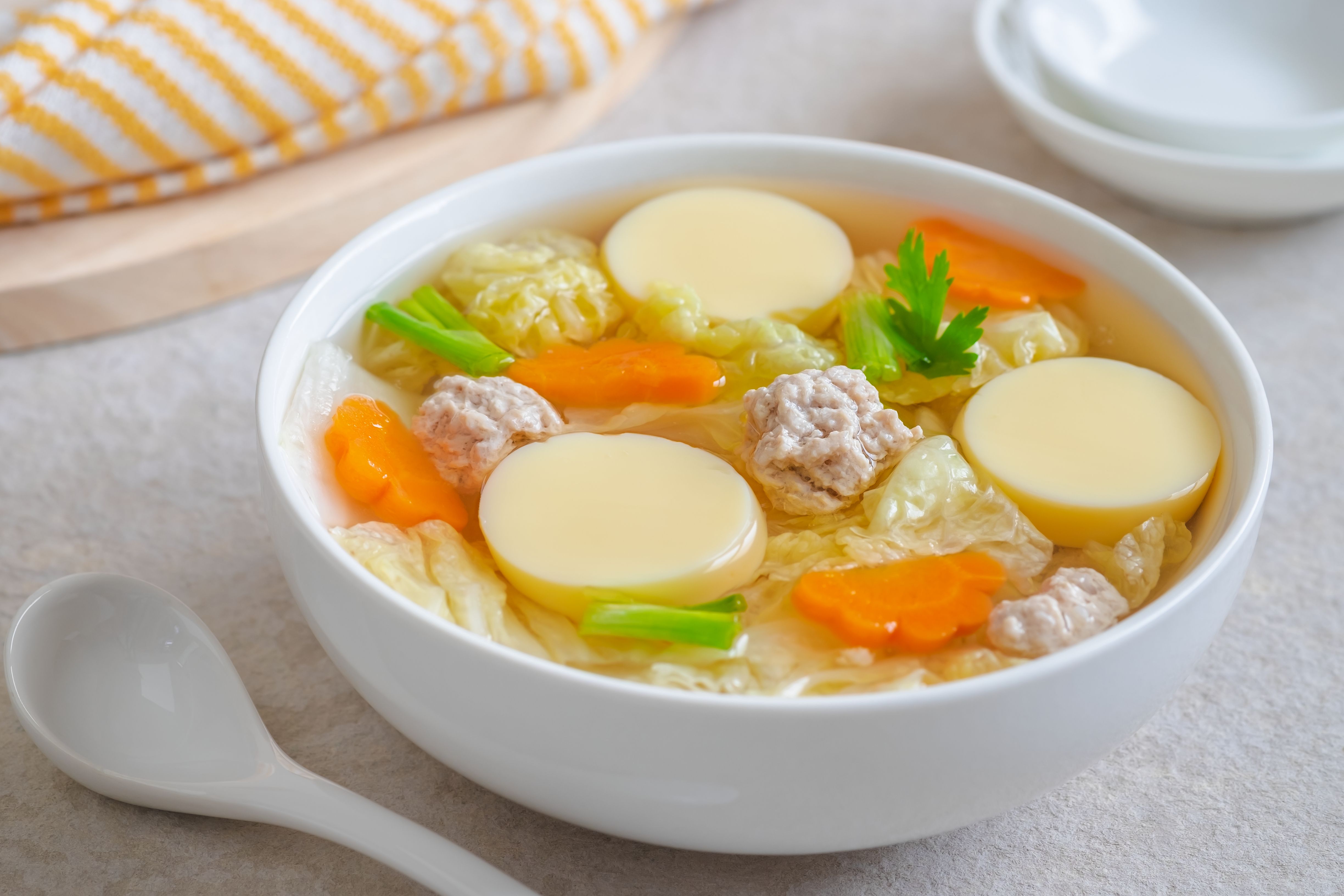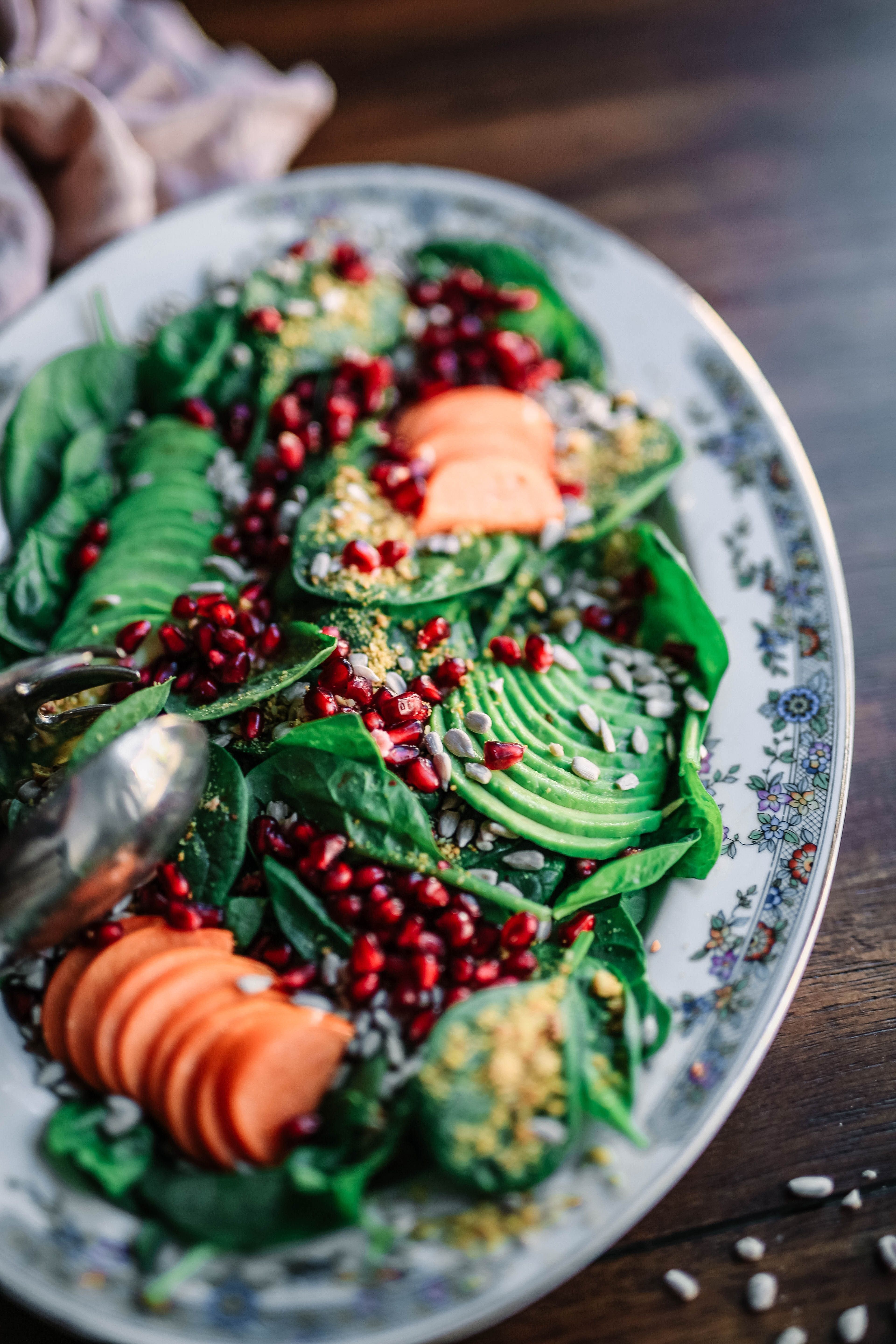Read update
- More Differences Between Authentic Thai Cuisine And American Thai Food
Summary
- American Thai food is not the same as authentic Thai cuisine, with differences in flavor profiles, ingredient quality, and portion sizes.
- Spring rolls are not as popular in Thailand as they are in the US, and they are known as "por pia tod" and served as fried street food.
- Authentic Thai cuisine uses more herbs, such as basil, and incorporates dried shrimp for added flavor, while American Thai food may have fewer herbs and omit dried shrimp.
According to those who have been lucky enough to immerse themselves in the food and culture of Thailand, the cuisine we see here in America is, well... not quite the same. From flavor profile to the amount and quality of ingredients used, Thai food in the US is definitely not what one would get in Thailand.
It's not uncommon for the US to Americanize foods that aren't actually local, and Thai food is one of them. Similar to how you wouldn't consider Chinese takeout to be the same Chinese food one would expect in China, Thai food has fallen to the same fusion. Even Mexican cuisine has been Americanized, leading to the Tex-Mex we know. Talk about blending cultures!
UPDATE: 2023/10/27 11:09 EST BY SUNIL PURUSHE
More Differences Between Authentic Thai Cuisine And American Thai Food
The difference is not just in the food but also in how it is consumed and cultural differences between the U.S. and Thailand. This article has been refreshed to discuss the main changes between cooking true Thai cuisine and American Thai flavorings.
Spring Rolls Are Not Nearly As Abundant In Thailand
It seems they're on every Thai food menu in the U.S. and part of exciting Asian cuisine everyone should try. While spring rolls are available in Thailand, they're definitely not as popular as they are with every order across the world. Chinese food also has its version, the egg roll, which has been increasingly popular due to Chinese takeout options. Spring rolls aren't even called "spring rolls" in Thailand - they come as something called por pia tod, and it's basically fried street food. They are still delicious, but definitely not as well-known or loved as they are in the U.S.
- Fresh spring rolls (known as paw pia sot in Thai) can be found as street food and in some vegetarian restaurants in Thailand.
- Spring rolls' wrapper is made with rice or wheat, but the other ingredients depend on the person making them.
Meat Isn't Usually The Bulk Of A Meal
Surprise, surprise, there's much more meat on an Americanized Thai menu than in Thailand. While Thai dishes do have meat in them, the portion sizes are very different. A very small portion of meat, or mixed meat, will normally come with a meal in Thailand. In the US, the meat portions are far more bulky and obvious, something that's not traditional.
- Thai cuisine's meat is usually pork and chicken, duck, beef, and water buffalo.
- The Islamic population in Thailand in Southern Thailand eats goat, lamb, and mutton as well.
Authentic Thai Is Heavier On The Herbs
It's not too surprising to know that American Thai food comes with fewer herbs than an authentic dish because that happens with a lot of cuisines. However, this would be a big flavor shock in Thailand, where herbs such as basil are used in excess - in a good way. This accounts for the fresh, bright flavors Thai cuisine is so well known for, something that's tougher to achieve in other countries where herbs are not as readily available.
- Most Thai dishes include Lemongrass, galangal, lime (rind and leaves), coriander leaves, sweet Thai basil leaves, and garlic.
- Spices, including cardamom, nutmeg, cumin, and coriander seeds, are added to make a lot of pastes.
Dried Shrimp Is A Big Part Of The Cuisine
Dried shrimp might not sound too appetizing, but they're not uncommon in Thai cuisine. The salty bite and bit of texture they add to a dish are well-known in Thailand. It's one of those additions - similar to anchovies in a Caesar dressing - that makes some people a little uncomfortable. At the same time, it also lends extra flavor and umami that can't be added any other way. It's also not super easy to find in the US outside of Asian markets, which could explain why it's usually so absent from the most popular dishes.
- Dried shrimp is used extensively with chilies and Thai herbs to produce various types of chili paste and Thai curry paste.
- Dried shrimp is common with salads, such as in the Northeastern Thai som tam (green papaya salad).
Steamed Rice Over Sticky Rice
There's a common misconception when it comes to rice in the US. In fact, this is the case with many cuisines - rice comes in many forms and is prepared in many different ways, making it challenging to follow the authentic recipe sometimes. In Thailand, sticky rice is not something that would be served with curry, but in the US, it usually is. Traditionally, curry is eaten with steamed white rice, and it would be highly unlikely that this distinction would be overlooked at an authentic Thai restaurant.
- In Thailand, steamed white rice is eaten with most curry dishes and is made with Jasmine rice.
- Sticky rice is eaten more in the north and north-eastern regions of Thailand.
Fork And Knife Vs. Fork And Spoon
In Thailand, the etiquette around eating is different from that of the traditional American approach of eating with a knife and fork. Instead of a knife, people in Thailand use a spoon, even for items that are not liquid or broth-based. The spoon is held in the right hand, the fork in the left, and the person pushes the food onto the spoon with the fork.
- The Spoon is the primary utensil for putting food into the mouth, not the fork.
- In Thailand, chopsticks are used only with noodle dishes.
American Pad Thai Has American Vegetables
It's not just one dish, but most Thai food sold in America has vegetables that don't grow in China. The inherent taste of any dish (Pad Thai or others) will be different from the original if a few key ingredients are missing or added.
- Broccoli is a common ingredient in all Thai dishes sold in the U.S., but the average person in Thailand has yet to hear of it.
- Inversely, Thai eggplant (Makheua Pro) is a variant of eggplant originating from Thailand and quite distinct from the large, dark purple eggplants familiar to people in the U.S.
Same Ingredients, Same Preparation, Different Taste.
All ingredients, vegetables, meats, herbs, and spices will taste different in different parts of the world. Even milk and milk-based products will differ despite the preparation being the same. This difference is because each geography and topography has a distinct flavor and fragrance. Even water will alter the taste depending on where the water came from. Authentic Thai dishes need to be tried in Thailand to taste the distinct flavor not found in the U.S. or anywhere outside Thailand.
- For example, Thai garlic is smaller and less fleshy than the ones sold in the U.S. but tends to be more aromatic and starchy.
- Cows and Pigs in the U.S. are bigger and bulkier than their Thai counterparts, resulting in distinct taste differences.
American Portion Size Vs. Thai Portion Size
The most apparent difference between authentic Thai food and American Thai food is the average portion size of any dish. However, this difference is less about the cuisines and more about the cultures and the people. An average American is taller and larger than an average Thai, consuming more food and requiring more significant portion sizes.
- Culturally, Americans tend to have larger portion size servings, irrespective of the cuisine or dish.
- A clear advantage of the larger portion size served in restaurants is the take-away concept in the U.S.


